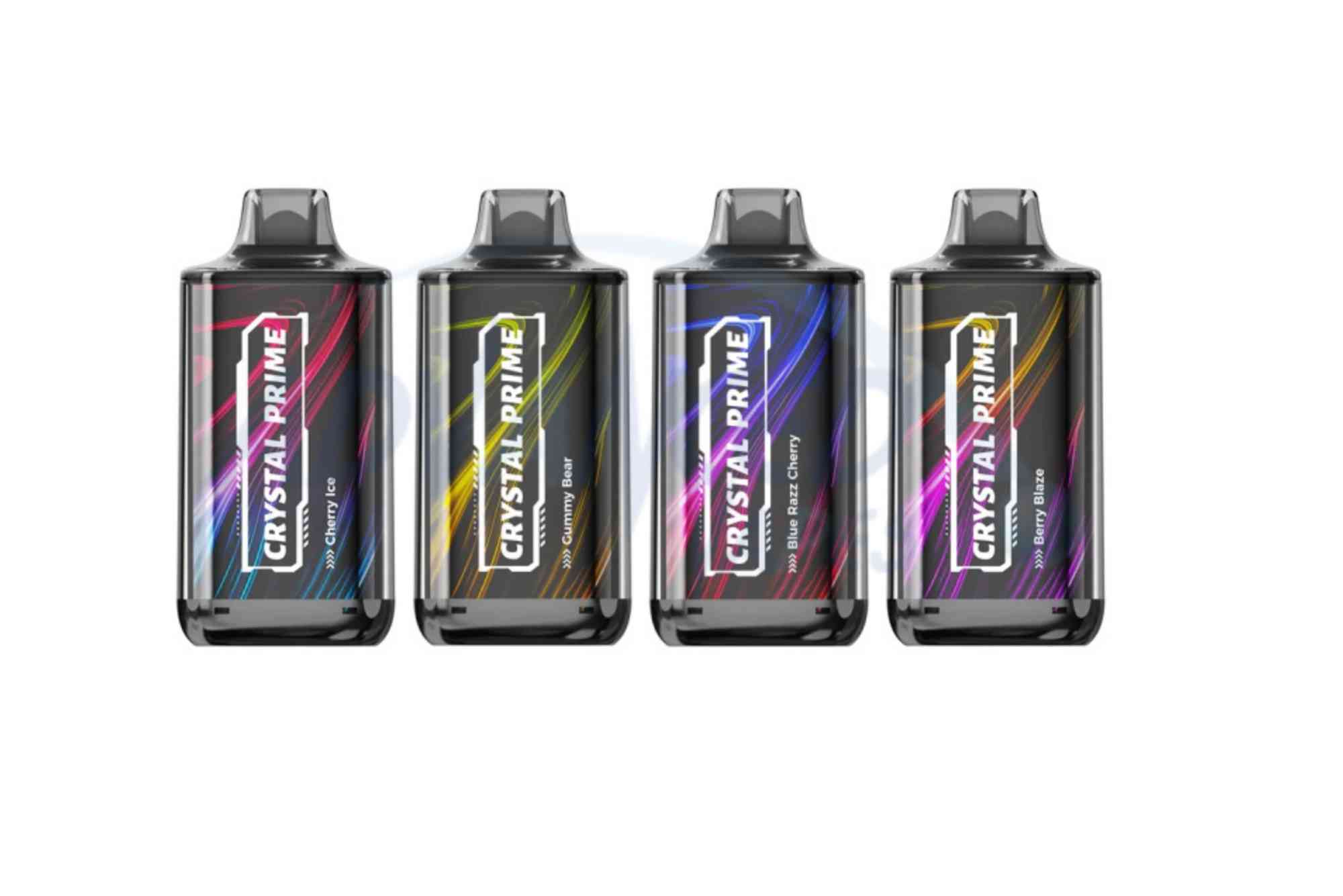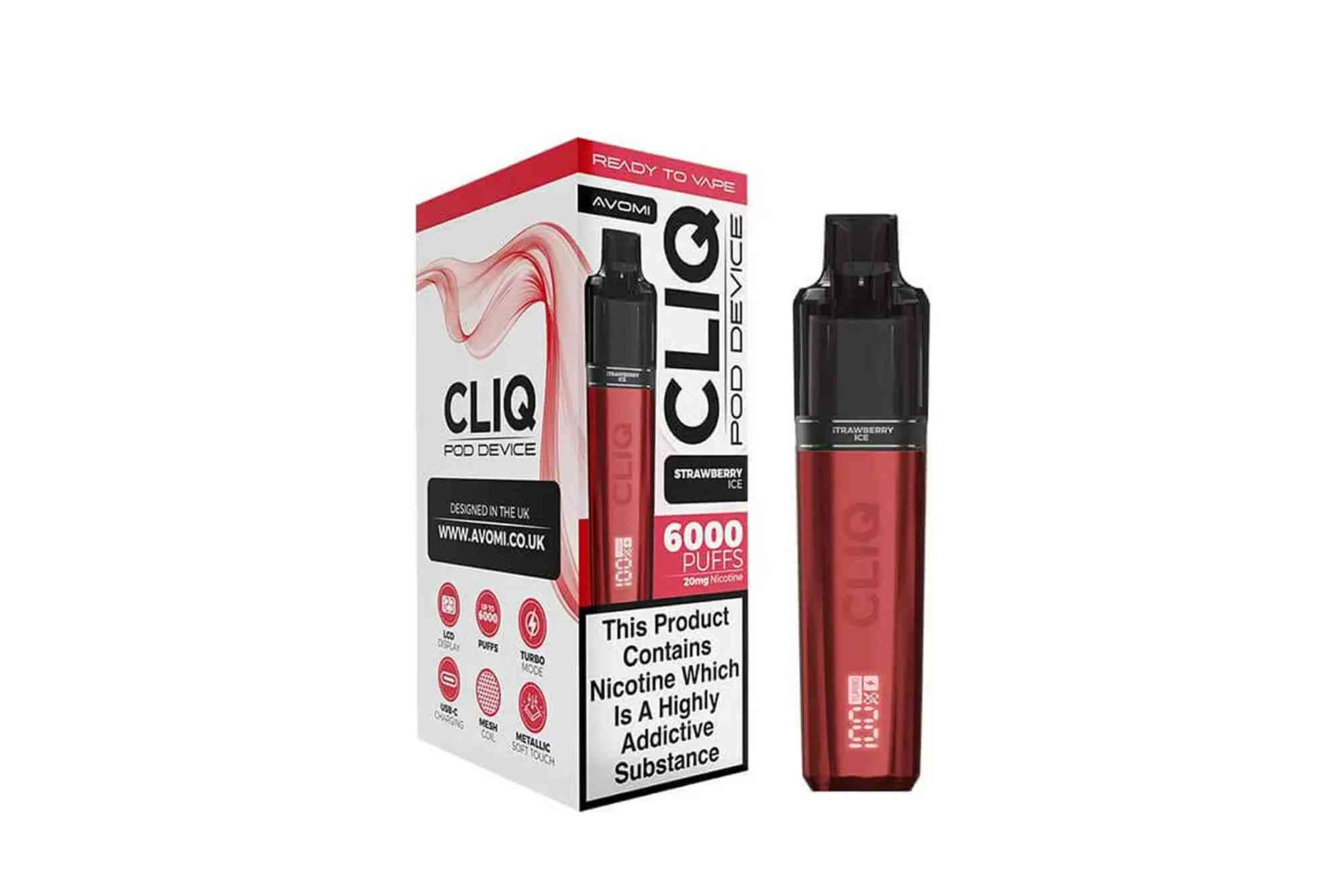What to Expect During the First Month of Vaping
Switching to vaping can feel both exciting and overwhelming. Whether you’re transitioning from smoking or starting fresh, the first 30 days can bring unexpected changes in your body, behavior, and lifestyle. Understanding what to expect during your first month vaping helps you stay committed and informed.
In this guide, we’ll walk you through the physical and mental adjustments, practical tips, and common beginner experiences during your first month vaping. From coughing to craving, you’ll get a realistic look at what happens—day by day, week by week.
Physical Changes in the First Month Vaping
Withdrawal Symptoms and Coughing
Most new vapers, especially those switching from cigarettes, experience noticeable changes in the first week. One of the most common effects is coughing. It may seem counterintuitive—after all, vaping is often seen as smoother than smoking. However, your lungs are adjusting to a new kind of vapor, and your body begins the process of detoxing from tar and thousands of chemicals found in cigarettes.
Your throat may feel dry or irritated. You may also experience mild withdrawal symptoms like headaches, restlessness, or irritability. These are normal and often lessen after a few days. Choosing the right nicotine strength is essential here. If you feel unsatisfied, your nicotine level might be too low. If you feel dizzy or nauseous, it might be too high.
Improved Senses and Reduced Cravings
By the second week of your first month vaping, you may notice a return of your sense of taste and smell. Foods start tasting richer, and smells become more intense. This is a sign your body is beginning to recover from the effects of smoking, if applicable.
Cravings typically decrease around this time. If you still crave cigarettes, it helps to vape regularly, especially during the times you would normally smoke. Many new users report that vaping satisfies the hand-to-mouth habit and delivers enough nicotine to keep cravings manageable.
Hydration becomes even more important this week. Propylene glycol (PG), a common ingredient in e-liquids, can draw moisture from your mouth and throat. Drinking more water helps reduce dryness and irritation.
Better Breathing and Energy Levels
One of the benefits many vapers report around the third week is better lung function. If you’re exercising, you might notice you can walk or run farther without getting winded. While this varies from person to person, improvements in breathing and stamina are a positive sign.
Sleep may also improve. Without the stimulating and disruptive effects of tobacco, your body starts to regain balance. Nicotine still affects sleep, so if you vape late at night, consider using lower-nicotine or nicotine-free e-liquid in the evenings.
This week is often a confidence booster. You’ve made it more than halfway through the month, and any previous side effects like coughing, dry throat, or headaches may be gone or significantly reduced.
Stabilization and Habit Formation
By week four, most people find their vaping routine begins to feel normal. You’ve likely found your preferred e-liquid flavor, nicotine strength, and device settings. The novelty of vaping starts to wear off, and it becomes part of your lifestyle rather than something you’re constantly adjusting.
At this stage, your body has adjusted to the vapor, and your cravings are more psychological than physical. For many, this is when the real decision comes: will you continue vaping as a long-term habit or begin reducing your nicotine?
Your sense of control improves, and most people report less anxiety and fewer mood swings compared to the first week. This is also a good time to reflect on your goals—whether it’s quitting nicotine entirely or using vaping as a harm-reduction tool.
Common Challenges in the First Month Vaping
Finding the Right Device and E-Liquid
Beginners often underestimate how important device choice is. The wrong device can produce too much vapor, deliver nicotine too aggressively, or be difficult to maintain. Starter kits or pod systems are generally the most user-friendly options.
E-liquid selection also takes trial and error. Flavors like tobacco, menthol, fruit, or dessert appeal to different preferences. If you dislike your first flavor, don’t give up—just try a new one. The market offers thousands of options.
Learning Vaping Technique
Vaping isn’t like smoking a cigarette. Inhaling too hard or too fast can cause coughing or throat irritation. Instead, try slow, gentle draws—especially with higher nicotine strengths.
Some users puff too frequently out of habit, leading to nausea or headaches. Others underuse and end up craving cigarettes again. Listen to your body, and adjust your routine as needed.
Nicotine Dependency and Overuse
It’s easy to overuse a vape because it’s more accessible than cigarettes. This can lead to consuming more nicotine than intended. Tracking your nicotine intake—either by counting puffs or switching to lower-strength e-liquid—can help.
If your goal is to reduce nicotine dependency, consider slowly decreasing your strength over time. Don’t rush it. Consistency is more important than speed.
Positive Changes You May Notice
Your first month vaping isn’t only about adjusting; it’s also about healing and growth. If you’ve quit smoking, your body starts repairing itself in several key areas. You may notice:
- Reduced smoker’s cough
- Better stamina and lung function
- Whiter teeth and fresher breath
- Improved sense of taste and smell
- Better mood and lower stress
Even if you never smoked before and just started vaping recreationally, understanding these changes helps you stay informed about your health and make better choices moving forward.
Psychological and Social Adjustments
Coping with Old Habits
If you’re used to smoking during breaks, after meals, or with coffee, those triggers don’t disappear overnight. Vaping helps by offering a physical and sensory substitute, but emotional habits take longer to break.
Recognize your triggers and try to create new routines around them. For instance, if you always smoked during a morning walk, bring your vape or distract yourself with music or a podcast instead.
Dealing with Social Stigma
Vaping is still misunderstood by many. You might get questions or even judgment from non-vapers. Be prepared to explain your reasons for switching or starting. Stick to reputable information when discussing vaping with friends or family, and avoid arguments. Over time, your results will speak for themselves.
Creating a Support System
Joining online vaping communities, forums, or social groups can be helpful. You can share your journey, ask questions, and get feedback from others who have gone through the same experience. Knowing you’re not alone makes the first month easier.
Tips for Success in Your First Month Vaping
- Start simple: Use beginner-friendly devices.
- Experiment safely: Try different flavors and nicotine strengths.
- Stay hydrated: Drink more water than usual.
- Be patient: Give your body time to adjust.
- Track progress: Journal your cravings and improvements.
- Seek support: Talk to others or read real user experiences.
FAQ:
Q: Why do I cough during my first week of vaping?
A: Coughing is common for new vapers, especially former smokers. Your lungs are adjusting to vapor instead of smoke, and your throat may be dry due to ingredients like PG (propylene glycol). This typically improves after a few days.
Q: How often should I vape during the first month?
A: That depends on your nicotine needs. Start by vaping when you would normally smoke, then adjust as needed. Don’t chain vape—listen to your body and take breaks.
Q: Will vaping help me quit smoking entirely?
A: Many people use vaping as a successful smoking cessation tool. The first month is critical—if you use the right nicotine level and device, you’re more likely to stay off cigarettes.
Q: How long does it take to feel better after switching to vaping?
A: Most people notice improvements in breathing, taste, and energy within 1–3 weeks. Long-term benefits increase the longer you stay away from tobacco.
Q: What nicotine strength should I start with?
A: If you smoked a pack a day, 12–18 mg/mL is a good starting point. Lighter smokers or recreational users might prefer 3–6 mg/mL. Adjust based on how you feel.
Your First Month Vaping Sets the Tone
The first month of vaping is all about learning, adjusting, and healing. It’s a time of discovery—finding what works for your body and your lifestyle. Whether you’re here to quit smoking, reduce harm, or explore an alternative habit, understanding what to expect helps you stay confident and consistent.
You might cough. You might feel frustrated with your device or confused by e-liquid options. But you’ll also begin to feel the benefits—clearer lungs, better moods, and stronger control over nicotine.





